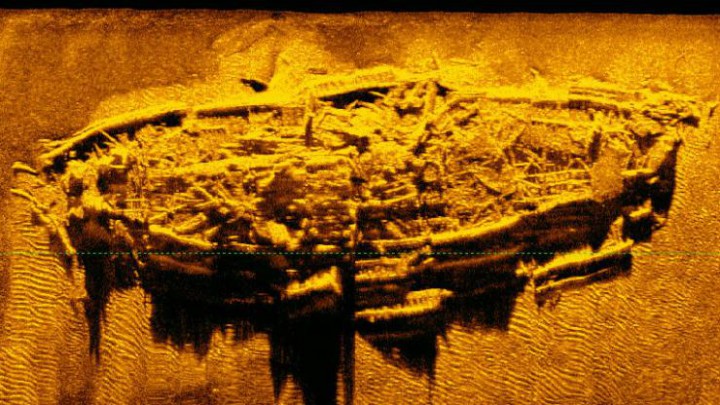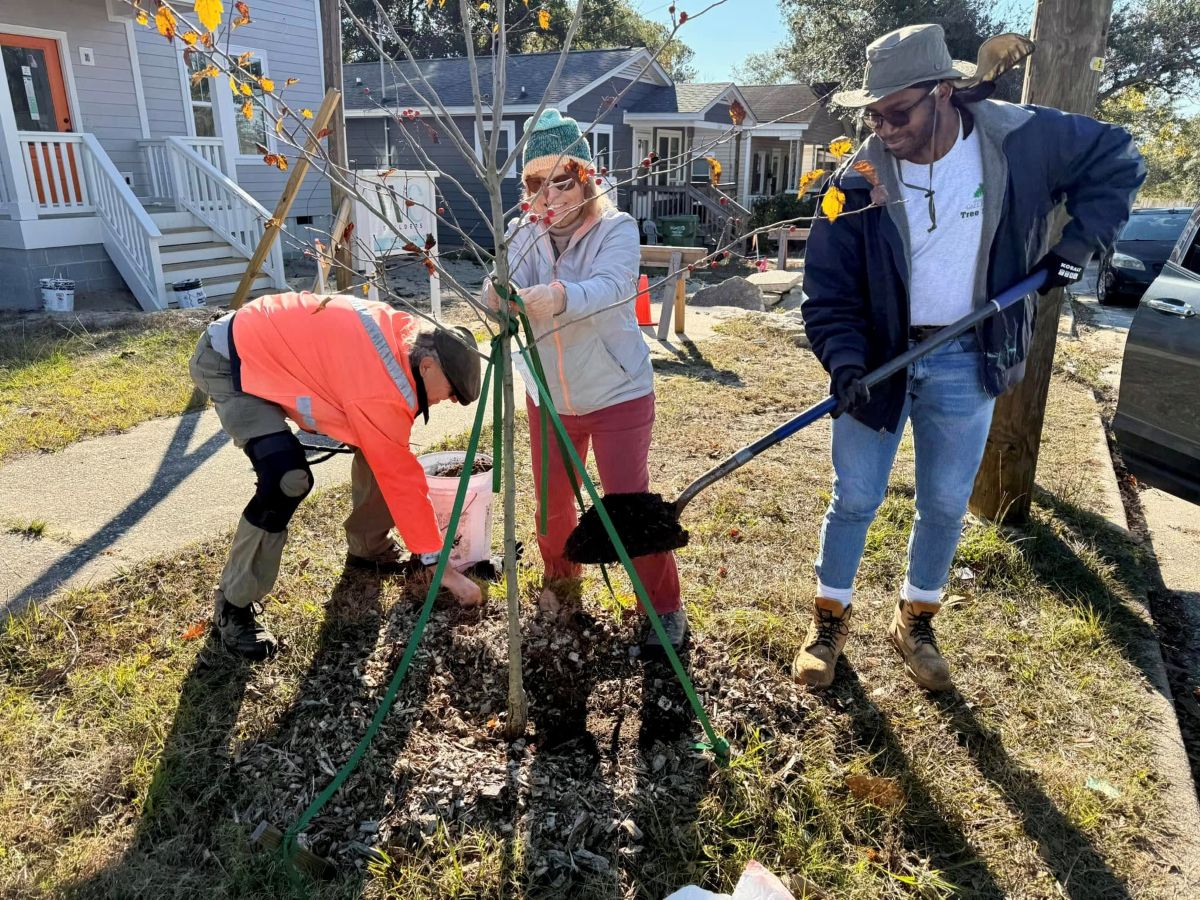
KURE BEACH — The wreck of a large, iron-hulled Civil War-era steamer was recently discovered off the N.C. coast near Oak Island.
The N.C. Department of Natural and Cultural Resources announced Monday that researchers and archaeologists from the department’s Underwater Archaeology Branch of the N.C. Office of State Archaeology and the Institute of International Maritime Research made the discovery Feb. 27 during sonar operations.
Supporter Spotlight
The vessel is believed to possibly be the remains of one of three blockade runners used to penetrate the wall of Union naval vessels blocking the port of Wilmington during the Civil War. The goal of the Union blockade was to keep supplies from reaching the Confederacy through one of its most important ports and to prevent the export of cotton and other marketable items by the Southerners.
The wreck was found 27 miles downstream from Wilmington near Fort Caswell at the mouth of the Cape Fear River, and is the first Civil War-era vessel discovered in the area in decades.
“A new runner is a really big deal,” said Billy Ray Morris, deputy state underwater archaeologist and director of the Underwater Archaeology Branch. “The state of preservation on this wreck is among the best we’ve ever had.”
Researchers will continue working to positively identify the vessel. Three blockade runners are known to have been lost in the area, the Agnes E. Fry, Spunkie and Georgianna McCaw. The work is part of a larger project funded by the National Park Service through the American Battlefield Protection Program.
Researchers have studied historical records and maps and archaeological resources for the past two years to better understand the maritime components of the Fort Fisher campaign. Fortifications protected both entrances to the Cape Fear River from the Atlantic and were critical in keeping open a lifeline to the Confederacy until Fort Fisher fell in January 1865.
Supporter Spotlight
Researchers aboard the Research Vessel Atlantic Surveyor recorded the complete hull of the vessel. Students from the East Carolina University Maritime Studies Program will join the team as they continue gathering data on the new site as the weather permits.







